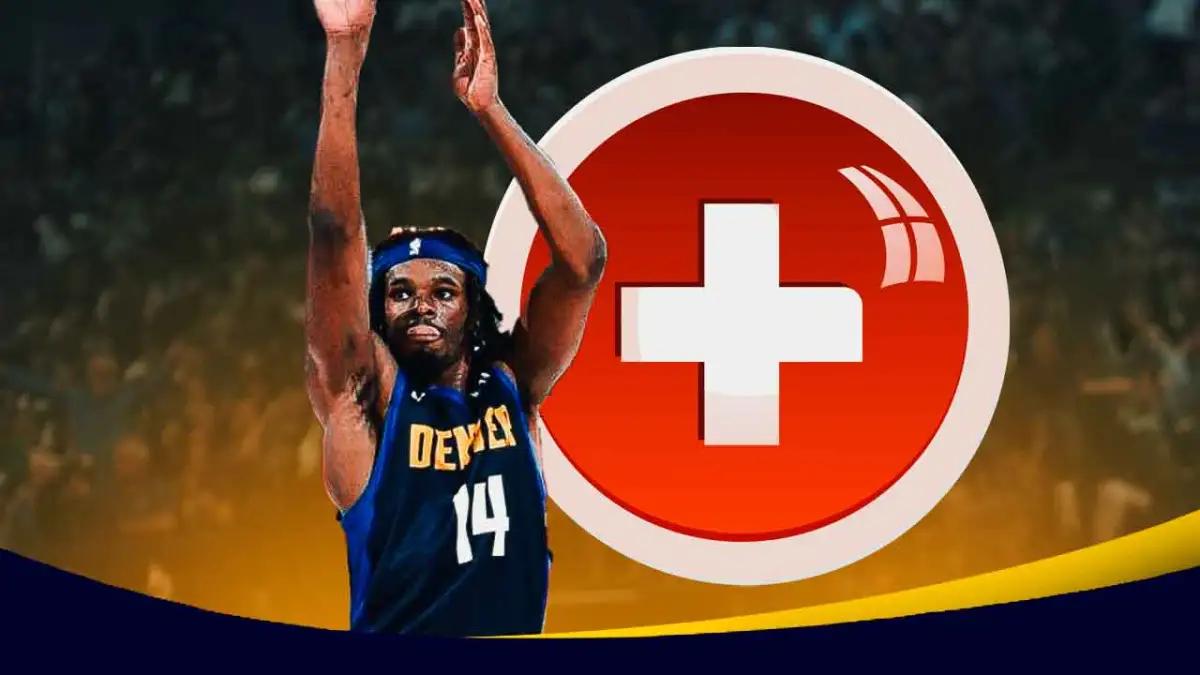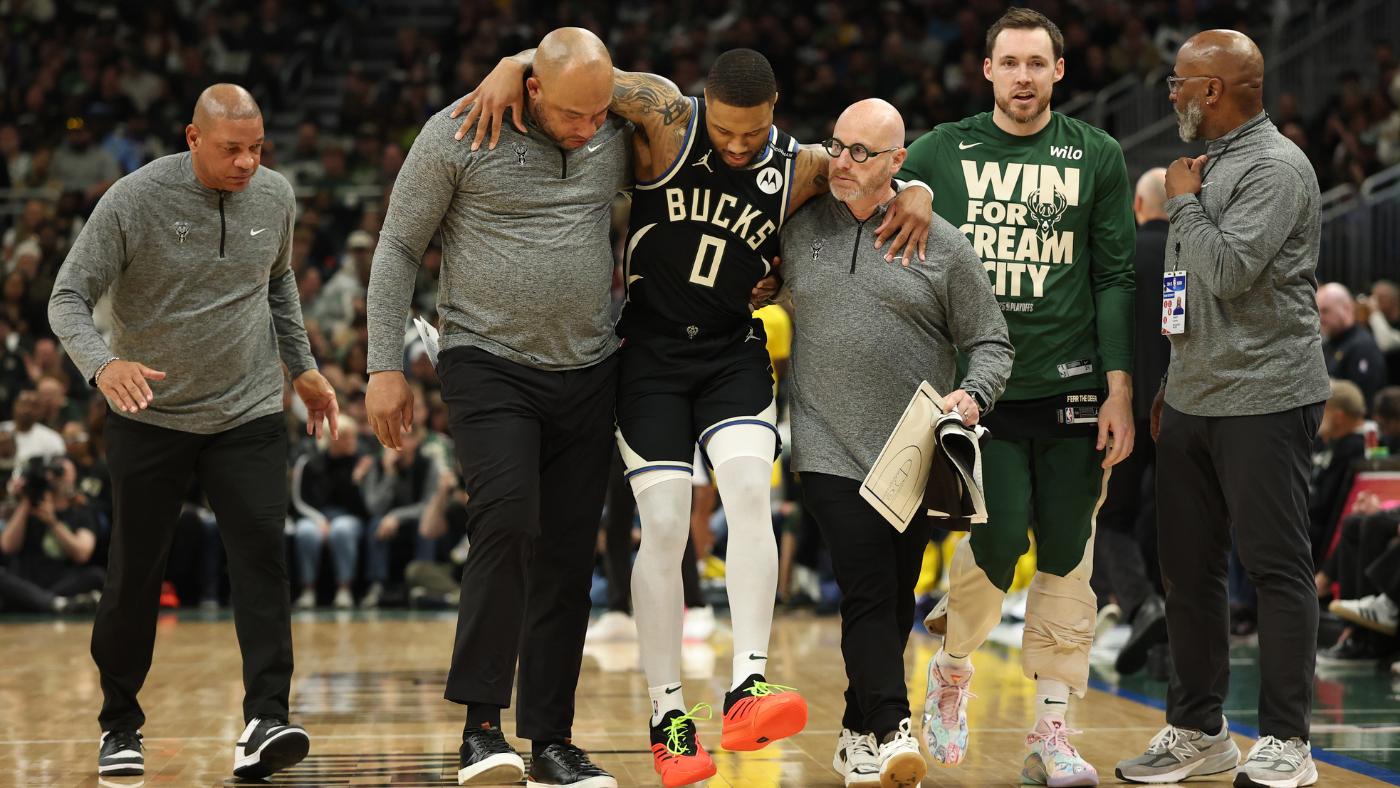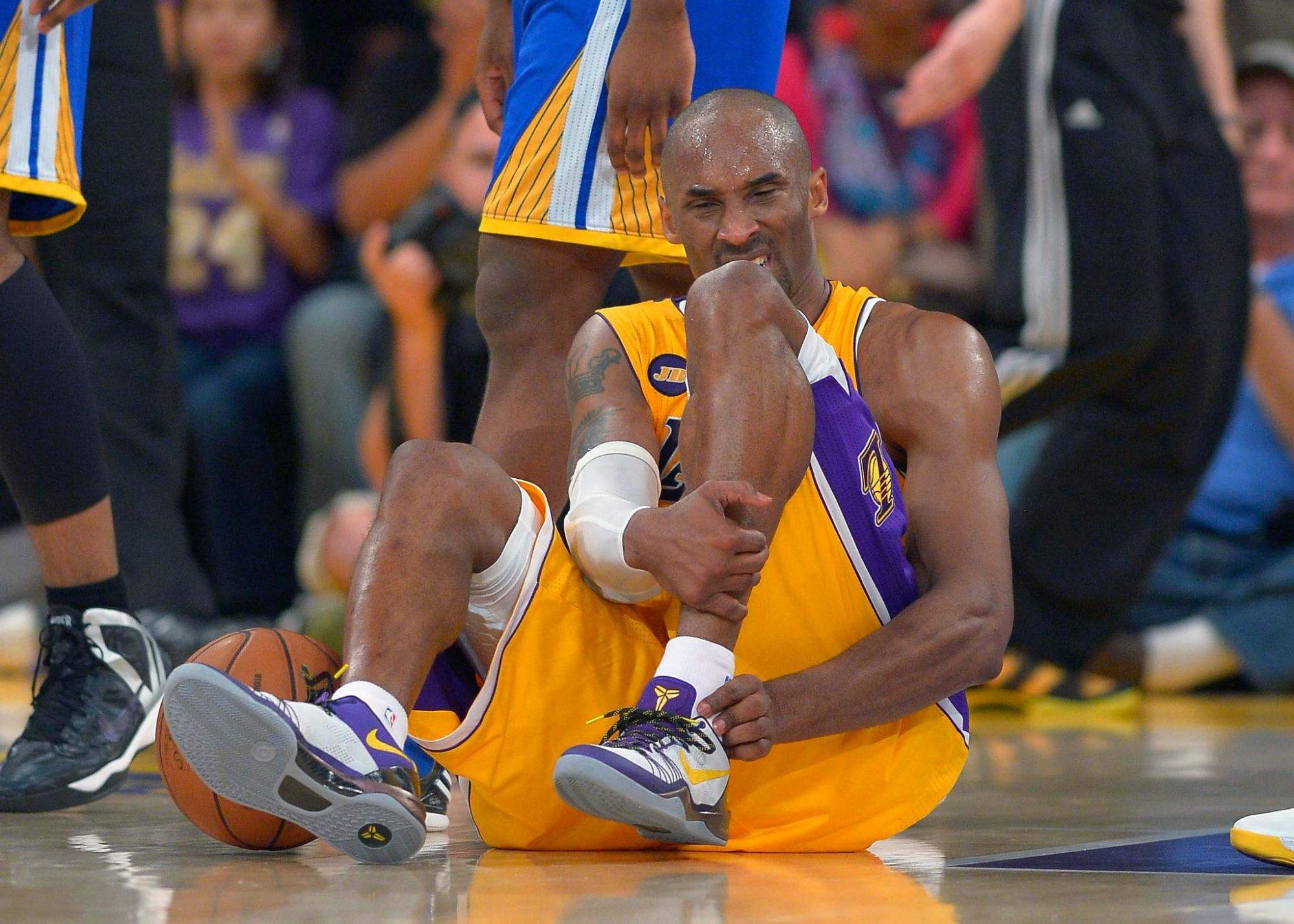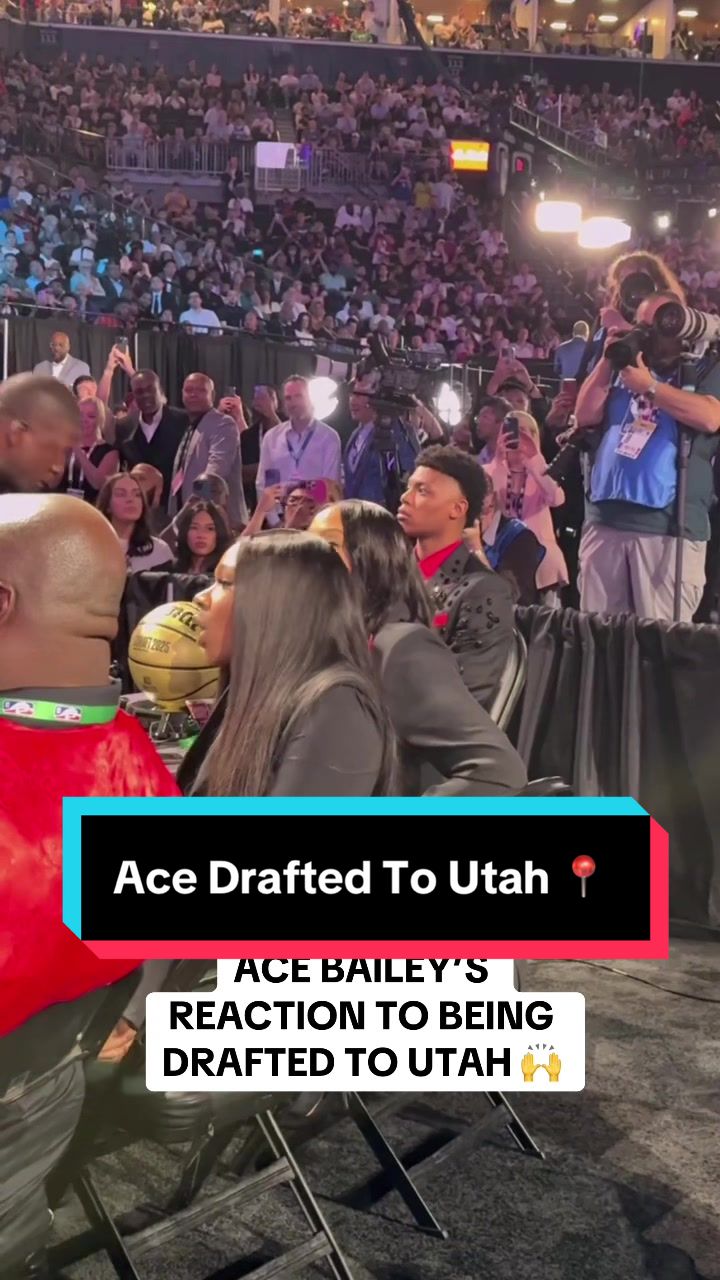Sound the alarm! A record-breaking 8 cases of Achilles tears in a single NBA season: what is going on?
Achilles tears (including ruptures) have consistently been one of the most destructive injuries in basketball. Between 1990 and 2023, 45 NBA players encountered this significant setback, with an average of approximately 1.36 cases of Achilles tears each season. However, the 2024-25 season saw a shocking change:In just the past 12 months, there have been 8 cases of Achilles tears in the NBA, exceeding the historical annual average by more than five times, with the previous record for a single season being 5 cases..

These injuries are not limited to veterans: it all began during the summer league when Denver's promising rookie Holmes fell victim to an Achilles injury before his NBA debut, ending his season.
During the subsequent regular season, DeJounte Murray, Isaiah Jackson, James Wiseman, and Drew Smith all suffered Achilles tears, three of whom were under 26 years old.

In the playoffs, the injury wave escalated dramatically: All-Star players Damian Lillard, Jayson Tatum, and Tyrese Haliburton were all diagnosed with Achilles tears. Tatum fell during the conference semifinals, while Haliburton was injured in the Game 7 of the Finals. These injuries not only ended their seasons but also drastically altered the trajectories of their respective teams.



The astonishing figure of 8 Achilles tears in a single season has raised collective concerns among players, coaches, and sports medicine experts: is this a coincidence, or an outbreak of a systemic issue?
Some point to load management policies or training regimens, while others believe that the shortened offseason after the pandemic, accelerated game pace, and cumulative wear from consecutive compact seasons are now showing their adverse effects. Another theory suggests that the demands for explosiveness in modern basketball have become increasingly extreme, with frequent high-speed changes of direction, sudden stops, and pivots placing unprecedented stress on players' lower bodies.
ESPN analyst Jay Williams stated on social media: “The current pace of the NBA is the fastest it has been since the early 1970s, averaging nearly 109 possessions per game.We are chasing pace, highlight moments, and data algorithms, but at what cost? The game is faster, yet players' bodies are breaking down, and no one is hitting the brakes.”

Today's players are taller, stronger, and more athletic than ever, yet they are playing at a faster pace. However, we need to analyze this from a foundational level: if you trace back to high school, you'll find that many kids are playing too many games. Those involved in youth physical therapy, sports training, and rehabilitation often say: “Kids should not spend excessive time on a single sport,and weekly focus on one sport should not exceed 17 hours because it increases the risk of injury.”
Many doctors say this: when young people play high-level basketball at a faster pace from a young age while their bodies are still developing, it will inevitably have effects. By college, the season typically consists of about 30-32 games, playing twice a week, which aligns with the ideal frequency of professional sports. However,in the NBA, players may sometimes play three to four games in a week, which takes a significant toll on their bodies.If we truly care about players and optimal performance on the court, the season should be shortened to 60-66 games, spreading the games out to a few per week. However, with the NBA having signed an 11-year, $76 billion media deal, it is unlikely to agree to reduce the number of games.
To avoid star players resting, the league even introduced the "65-game participation rule," stipulating that players must participate in at least 65 games to be eligible for awards. The current situation is: if you want to win the MVP or make the All-NBA team (which brings additional bonuses), you better play in all 65 games.The power of capital is in constant competition, ultimately aligning everything with the dollar.
Some may argue: “Players in the 1980s also played many games and managed to endure.” But let’s not forget that kids back then did not play as many AAU games, and the pace of play was not as fast as it is today—that's the key. You must look at the phases before the NBA: youth sports are now incredibly profitable, and kids are spending more time playing basketball than ever before. These players start playing early in the AAU system, playing all day on Saturdays, participating in five or six games. When you are good enough to reach higher levels, the length of the season does not shorten because of the commercial operations involved.

The most concerning aspect is that Achilles injuries often come with long-term repercussions.Stars like Durant, Kobe, and Cousins have all suffered from this injury: Kobe experienced a decline in physical ability due to it, and Cousins completely missed out on a Hall of Fame career, with almost everyone facing a long rehabilitation period.
Jay Williams attributes it to pace issues, while others cite the AAU system, and some mention low-top sneakers—it could be a combination of all factors. Regardless, the league, teams, and training staff need to reassess everything. After all, 8 cases of Achilles tears in a single season is no coincidence; it serves as a sharp warning to the league.


Wonderfulshortvideo

Cooper Flagg and Dylan Harper embrace for the first time after hearing their names called… and they’ll be in the same state! 👏🥹



The class of 2025 ‼️🔥



Ace Bailey is selected 5th overall by the Utah Jazz in the 2025



The moment Kon got picked at the



Ace Bailey goes No. 5 to Utah 🚨



Dylan’s reaction to hearing his name called 🥹🙌



Jeremiah Fears is selected 7th overall in the 2025








 Links
Links
 Contact
Contact
 App
App


